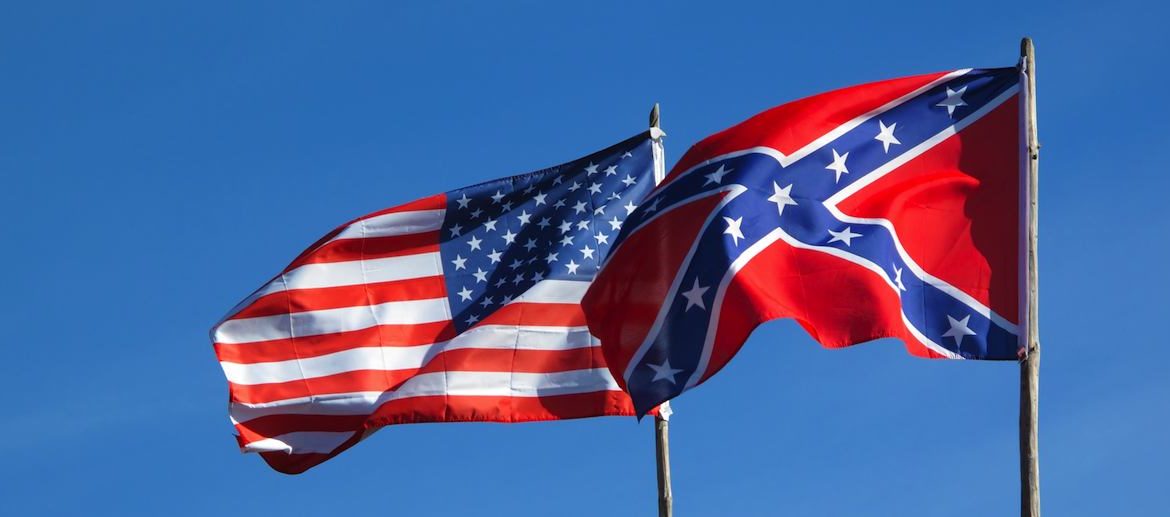In my previous blog post, I started my exploration into some of the articles about the Confederate statues on the UT South Lawn. Specifically, I looked at “At the University of Texas, Echoes of its Confederate Past Reverberate in the Present” by Travis Knoll, a history PhD student at Duke. Knoll’s article can be found on The Huffington Post’s website.
Knoll’s article encourages its reader to “look past the Littlefield Fountain, that famous statue of WWI triumphalism, to a little-read but prominent inscription on the memorial’s left wall” (you can read the inscription in Knoll’s article, and, if you haven’t already, in my whole post on it also featured on the DWRL website).
In this post, I continue my exploration into the Confederate statues on UT’s South Lawn with Lisa Falkenberg’s article “History Lessons Are Important, But So Is Rectifying Mistakes.” Falkenberg’s article is available at the Houston Chronicle. (You should be able to read the article in “Free Access View.”)
Similar to Knoll’s beginning with the Littlefield Fountain statue, Falkenberg also points out the misleading spatial argument of the UT South Lawn: “Many discover that lurking in an idyllic backdrop of live oaks and manicured lawns are the relics of racism and hatred.”
However, unlike Knoll, Falkenberg connects the controversy surrounding the existence of the Confederate statues on campus to the recent mass shooting of nine African-Americans by a Cacausan male at a South Caroline church: “Confederate symbols are foremost on the minds of many Americans in the wake of a horrific shooting in a South Carolina church that police have called a hate crime.” CNN’s website has an in-depth piece on the shooting that captures the community’s reactions through Instagram photos.
In response to this tragedy, “politicians in South Carolina,” Falkenberg writes, “called for the Confederate battle flag’s removal from capitol grounds.” Falkenberg connects this movement with the now-successful petition by UT students to remove the Jefferson Davis statue from the South Mall. (The removal even made Time’s website.)
Both Knolls and Falkenberg are concerned with the implications of completely removing the presence of Confederate statues from UT. On the one hand, their removal would undoubtedly make African-American students feel more welcomed and comfortable, as well as an opportunity to participate in the national dialogue on racism. In another Huffington Post article, Abigail Haile, a rising senior at UT at the time of the article’s publication, said, “‘For myself, as an African-American female, I felt that not signing the petition was sitting back and watching things happen.'”
On the other hand, scholars, such as Cole Hutchison, whom both Knolls and Falkenberg cite, fear it would allow the University to suppress its racist heritage: “”‘I worry it’s going to make it easier for students and administrators to sort of push this part of the past, the uncomfortable part, to the side.'”
I see the connections between the South Carolina shooting; a tragedy fueled by racist hatred; the current national controversy surrounding the representational status of Confederate symbols, and the removal of the Davis statue from the South Lawn as an ideal intervention point for our augmented-reality project.
Specifically defined, our AR project aims to provide the statues on the South Lawn with links to additional resources that contextualize their history and role in the ongoing national debate over Confederate symbols. More than that, though, through digital overlays of the statues that have been removed, we aim to provide an educational experience that is unattainable in a museum setting, that is, the effects of the statues as part of campus.
Featured image: courtesy of Arrowhead Church


